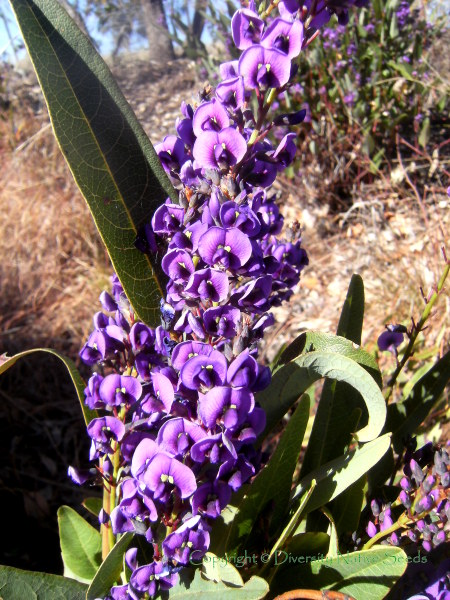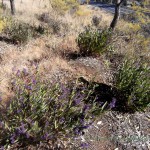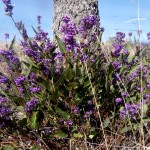| Family | Fabaceae |
| Description | The species is very variable in morphology, from wiry scrambling climber to upright and shrubby. This form supplied by Diversity Native Seeds is typical of the more upright or shrubby forms that tend to be found in grassy woodland habitats such as white box grassy woodland. It is not as shrubby as some forms and will still scramble up througfh shrubs it comes into contact with. However young plants are very upright in form with almost vertical stems. This appears to be an adaptation allowing the plant to compete with grasses. As the plant gets larger the stems tend to lean over and fan out from the base, forming a loose mounded shrub consisting of many long stems. |
| Distribution & Botanical Details | Click Here |
| Vegetation Communities | Nvarious grassy woodland habitats. |
| Soil Types | Generally on higher nutrient, finer-textured soils than the climbing forms. Common on basalt in white box grassy woodland. Thrives on skeletal substrates derived from these soil types. |







